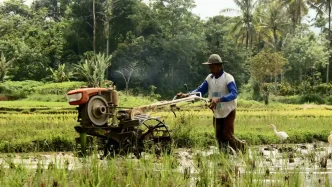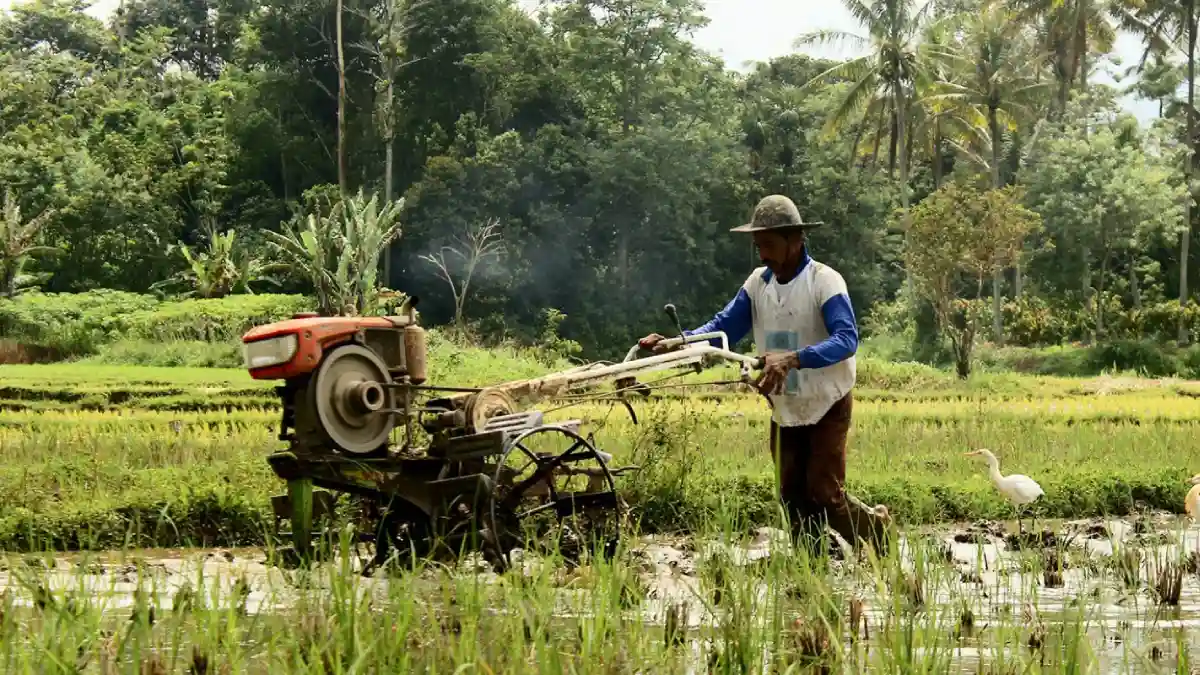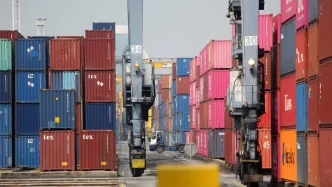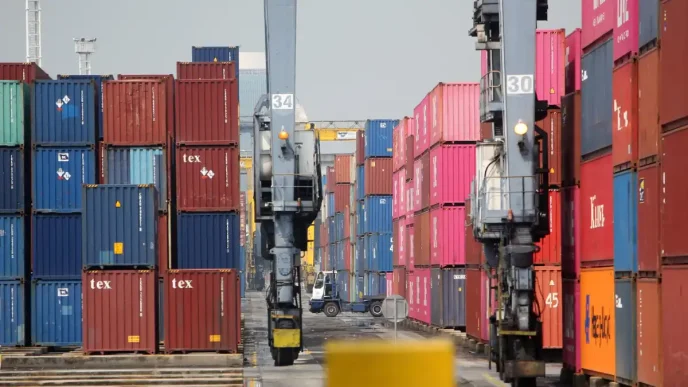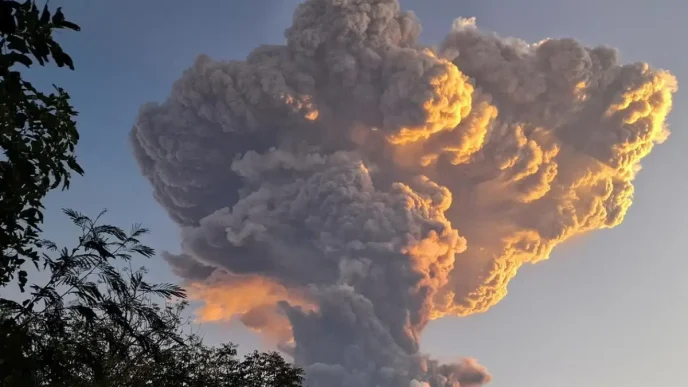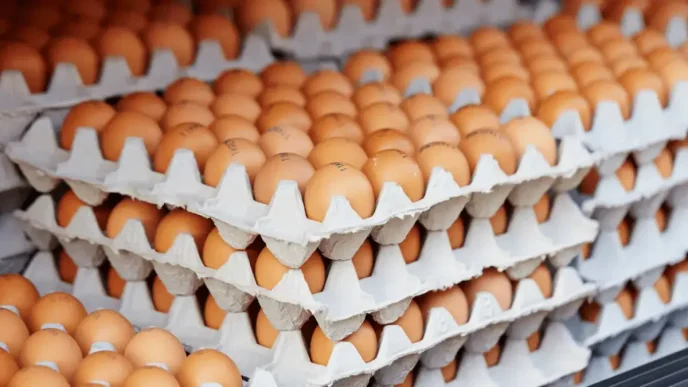Indonesia, a sprawling archipelago of over 270 million people, faces a pressing challenge: ensuring food security for a growing population amidst shrinking agricultural land. Under President Prabowo Subianto’s ambitious Asta Cita vision—translated from Sanskrit as Eight Goals for national development—the National Food Agency (Bapanas) is spearheading efforts to stabilize food availability, supply, and prices. At the heart of this mission lies a critical issue: the interplay between land security and food production, a nexus that could determine whether the nation achieves self-sufficiency or faces a looming deficit by 2030.
The Foundation of Food Security
Land security forms the bedrock of food security, as agricultural land is the primary resource for producing staple crops like rice, which feeds the majority of Indonesians. Food security, as defined by experts, hinges on four pillars: availability, access, stability, and utilization of sufficient food to meet nutritional needs. Land security, on the other hand, refers to the capacity of agricultural areas to sustain production over time. In Indonesia, where rice is a cultural and dietary cornerstone, the health of rice paddies directly impacts national stability.
According to the Indonesia Agricultural Census 2024, the country’s total agricultural land in 2019 spanned 36.81 million hectares. This vast expanse includes 7.46 million hectares of rice paddies—both irrigated and rain-fed—alongside 11.69 million hectares of dry fields and gardens, 5.18 million hectares of swidden fields, and 11.77 million hectares of temporarily idle land. Rice paddies, however, remain the linchpin, with Statistics Indonesia (BPS) projecting national rice consumption to reach 30.62 million tons in 2024, driven by population growth and dietary reliance on this staple.
Yet, the outlook is far from secure. The Land Resources Research and Development Center (BBSDLP) warns of a troubling trend: while demand for rice paddies rises, the availability of cultivable land stagnates or declines. Without significant breakthroughs in land expansion or productivity, Indonesia risks a rice field deficit by the end of the decade, a scenario that could jeopardize food security on a national scale.
The Twin Challenges: Conversion and Degradation
One of the most urgent threats to Indonesia’s agricultural base is land conversion. Productive farmland, particularly rice paddies, is being repurposed at an alarming rate for non-agricultural uses such as housing, industrial parks, commercial developments, and infrastructure projects. Estimates suggest that around 100,000 hectares of rice paddies are lost to conversion each year, while efforts to open new fertile land only yield about 60,000 hectares annually. This creates a net deficit of approximately 40,000 hectares every year, a gap that chips away at the foundation of food production.
Rapid urbanization and population growth are key drivers of this trend. As cities like Jakarta, Surabaya, and Bandung expand, agricultural land on their fringes becomes prime real estate for developers. Rising land prices, coupled with increased investment in industrialization, further incentivize conversion. Weak law enforcement and inconsistent regional planning exacerbate the problem, often leaving farmers without adequate protections or incentives to maintain their land for cultivation.
Beyond conversion, land degradation poses a second, equally formidable challenge. Continuous farming, often without sustainable practices, depletes soil fertility and damages ecosystems. Overuse of chemical fertilizers and pesticides—common in efforts to boost yields—contributes to pollution and long-term degradation. Meanwhile, limited access to water resources, particularly for non-irrigated paddies, restricts productivity in many regions, especially during dry seasons.
Intensification vs. Extensification: A Delicate Balance
To address the scarcity of agricultural land, Indonesia is pursuing two primary strategies: intensification and extensification. Intensification focuses on maximizing output from existing land by increasing cropping cycles—raising the index from one to two or three harvests per year—and adopting advanced farming techniques. A 2015 analysis by the Agriculture Ministry (Kementan) highlighted the potential of optimizing rice paddies through such measures, a strategy that could significantly boost production without requiring new land.
However, intensification is not without risks. Excessive use of external inputs like fertilizers and pesticides can degrade soil quality over time, leading to diminished returns and environmental harm. If not managed sustainably, this approach could undermine the very land it seeks to optimize, creating a cycle of dependency on chemical solutions.
Extensification, by contrast, involves clearing new areas for cultivation, often in less developed regions like Kalimantan or Sumatra. While this offers a short-term solution to land scarcity, it comes at a steep environmental cost. Forests, which act as critical buffers for biodiversity and climate regulation, are frequently sacrificed in the process. Deforestation not only disrupts ecosystems but also contributes to greenhouse gas emissions, a concern for a nation already vulnerable to climate change impacts like rising sea levels and erratic weather patterns.
The Role of Technology and Policy
Given the trade-offs inherent in both intensification and extensification, technology emerges as a vital tool for striking a balance. Innovations in precision agriculture, such as drone-based monitoring and soil sensors, can help farmers optimize inputs and reduce environmental damage. Drought-resistant crop varieties and improved irrigation systems could enhance productivity, particularly in water-scarce areas. Digital platforms that connect farmers to markets and provide real-time data on weather and pricing also hold promise for improving efficiency and livelihoods.
Yet technology alone cannot solve the problem. Robust policy interventions are essential to curb land conversion and incentivize sustainable practices. Stronger enforcement of zoning laws, coupled with financial support for farmers who preserve agricultural land, could slow the loss of rice paddies. Regional governments must align spatial planning with national food security goals, ensuring that urban expansion does not come at the expense of fertile fields.
President Prabowo’s administration, through Bapanas and in collaboration with local governments, is also prioritizing the update of rice paddy data to prevent unauthorized conversions and identify areas for expansion. These efforts, while still in progress, signal a recognition of the urgency at hand. The defense and agrarian sectors are working together to map existing land and explore new planting zones, a step toward bridging the annual deficit in agricultural acreage.
Farmer Welfare and Environmental Sustainability
The challenges of land security extend beyond production metrics to the human and ecological dimensions of agriculture. Farmers, who form the backbone of Indonesia’s food system, often face economic pressures that drive them to sell their land to developers. Without adequate support—whether through subsidies, access to credit, or fair market prices—many struggle to sustain their livelihoods, making conversion a tempting, if shortsighted, option.
Environmentally, the stakes are equally high. The loss of forests to extensification not only threatens biodiversity but also undermines Indonesia’s commitments to global climate goals. The nation’s peatlands, often cleared for agriculture, are particularly vulnerable, releasing stored carbon when drained or burned. Balancing food security with environmental preservation requires a holistic approach, one that integrates reforestation, sustainable land management, and community-led conservation efforts.
A Path Forward?
Indonesia stands at a crossroads in its pursuit of food security. The shrinking availability of agricultural land, coupled with rising demand for staples like rice, poses a formidable challenge to President Prabowo’s vision of national development. While strategies like intensification and extensification offer potential solutions, they must be implemented with caution to avoid long-term damage to land and ecosystems.
The interplay of policy, technology, and community engagement will be critical in shaping the future of Indonesian agriculture. As efforts to update land data and prevent conversion gain momentum, the question remains: can the nation secure enough fertile ground to feed its people without sacrificing its environmental heritage? The answer will define not just food security, but the resilience of Indonesia’s economy and society in the decades ahead.

